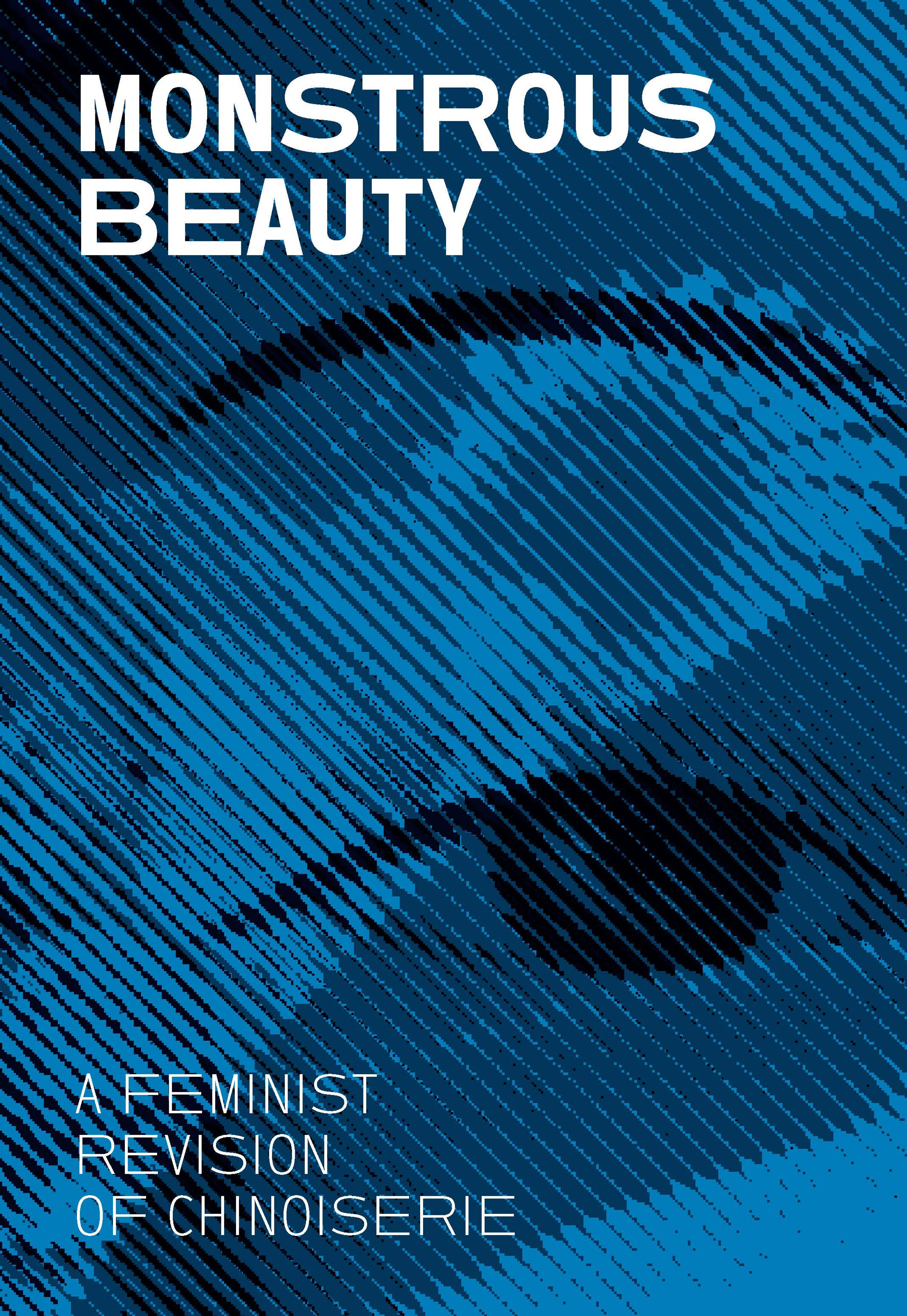Partial tea set (teapot, sugar bowl, cream pitcher, slop bowl)
The forms and their decoration, as was typical of the Aesthetic movement, were an amalgamation of different historical sources, to which was added an almost Gothic sensibility with the addition of figural finials and sculptural animal elements. In their overall conception, the sets can be seen as eighteenth-century rococo conceits interpreted by a creative designer working in late-nineteenth-century America. The traditional vessels have taken on new character through their teeming depictions of real and imaginary flora and fauna—each of the principal pieces is supported by four rabbits; fanciful birds adorn the handles of the sugar bowl; a winged grotesque supports the teapot’s spout, and a small lizard appears near the base, while two foxes play on the handle. The handles on all the serving pieces are the exotic pitcher plant. On this set, the forms are covered in a rich matte blue ground and they feature oval vignettes in which are delicately painted scenes of flowers, birds, and butterflies. Delicate vines of leaves and tendrils surround the medallions and ornament the borders. One period source described this particular service as one where "birds of various kinds, in brilliant plumage, appear among a mist of lowers on a background of rich matt blue."
The tea set, however, presents troubling imagery on the finials of the teapot and sugar bowl, in the form of heads of an Asian man, meant to allude to the teapot’s contents, and that of a Black man, intended to represent a West Indian sugar cane worker, alluding to the sugar bowl’s contents as well. While the designer Karl Muller’s intent was to present well-known iconography for tea and sugar—a goat is also depicted on the handle of the creamer—the representations reveal the pervasiveness of racist thought in 19th-century America. The Black head also underscores how the commodity of sugar was inextricably linked to the exploitation of enslaved labor, especially in the Atlantic World.
Artwork Details
- Title: Partial tea set (teapot, sugar bowl, cream pitcher, slop bowl)
- Maker: Union Porcelain Works (American, 1863–1922)
- Date: 1876
- Medium: Porcelain; allover blue ground with delicate gilded and enamel decoration
- Dimensions: Teapot with lid: 6 3/4 in.
- Credit Line: Gift of Emma and Jay A. Lewis, 2021
- Object Number: 2021.238.2.1a, b –.4
- Curatorial Department: The American Wing
Audio

511. Race and Porcelain
“Tête-à-tête” partial tea service, 1876
MICHELLE ZAUNER (NARRATOR): In the early- to mid-1700s, porcelain manufactories began incorporating what’s known as the Blackamoor figure into decorative objects:
IRIS MOON: Which was an exaggerated, racialized depiction of Black Africans.
Blackamoor figures emerged in tandem with a sort of parallel caricaturization and racialization of Asian figures.
ZAUNER: These racialized depictions were meant to entertain elite audiences. In turn, they introduced the subject of race into domestic life.
MOON: I think the key paradox, of course, is that very expensive pieces of porcelain, highly decorated with gold and different colors of enamel incorporate depictions of denigration and subjugation.
And I think this is something that we as contemporary viewers grapple with, because the question is, what makes something like that palatable?
Well, I think the key thing is they didn’t register these subjects as human figures. They were forms of decoration that happened to take the shape of these, quote, “exotic figures.”
ZAUNER: Even so, these objects had a lasting impact:
MOON: Porcelain is complicit in the construction of these racial stereotypes that depended upon the objectification and the denigration of racialized subjects.
But the other thing is they created a type, right? A model that then became copied and replicated and pursued to the point where, even in the nineteenth century, you have this American porcelain manufactory imitating European models.
You have to do a sort of double take and to think about, what these sorts of objects and their production, what effect they had on the people who used them, but also the people who look at them now.
More Artwork
Research Resources
The Met provides unparalleled resources for research and welcomes an international community of students and scholars. The Met's Open Access API is where creators and researchers can connect to the The Met collection. Open Access data and public domain images are available for unrestricted commercial and noncommercial use without permission or fee.
To request images under copyright and other restrictions, please use this Image Request form.
Feedback
We continue to research and examine historical and cultural context for objects in The Met collection. If you have comments or questions about this object record, please contact us using the form below. The Museum looks forward to receiving your comments.
